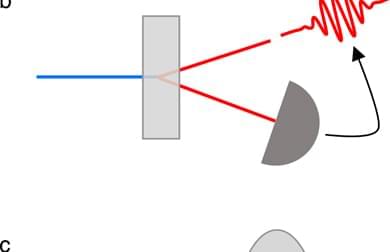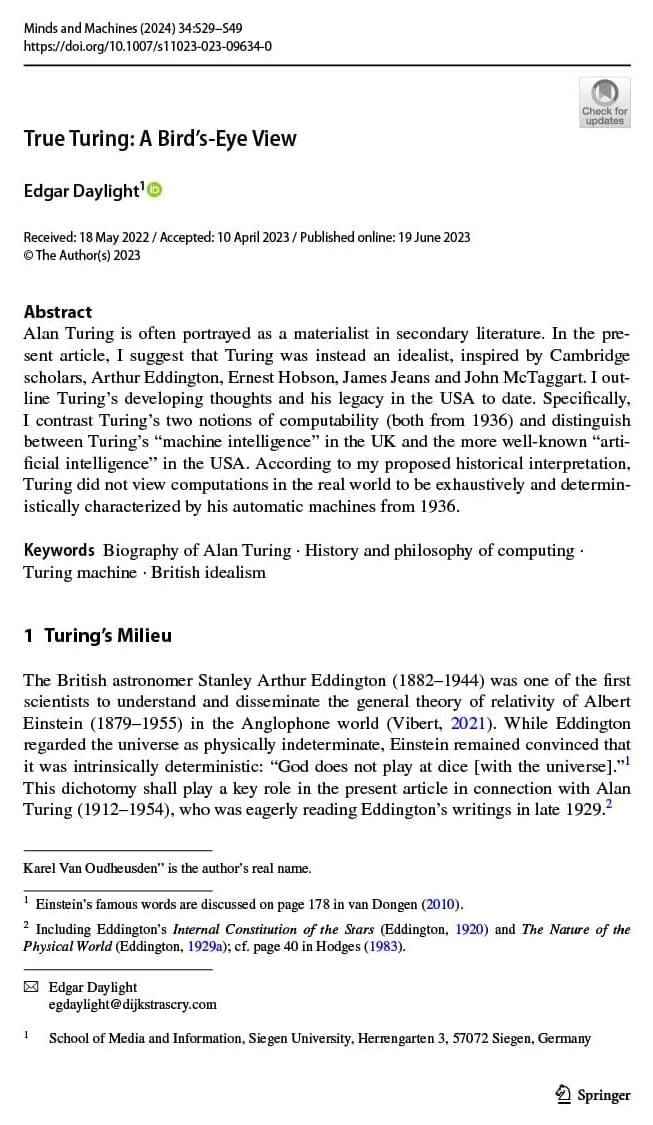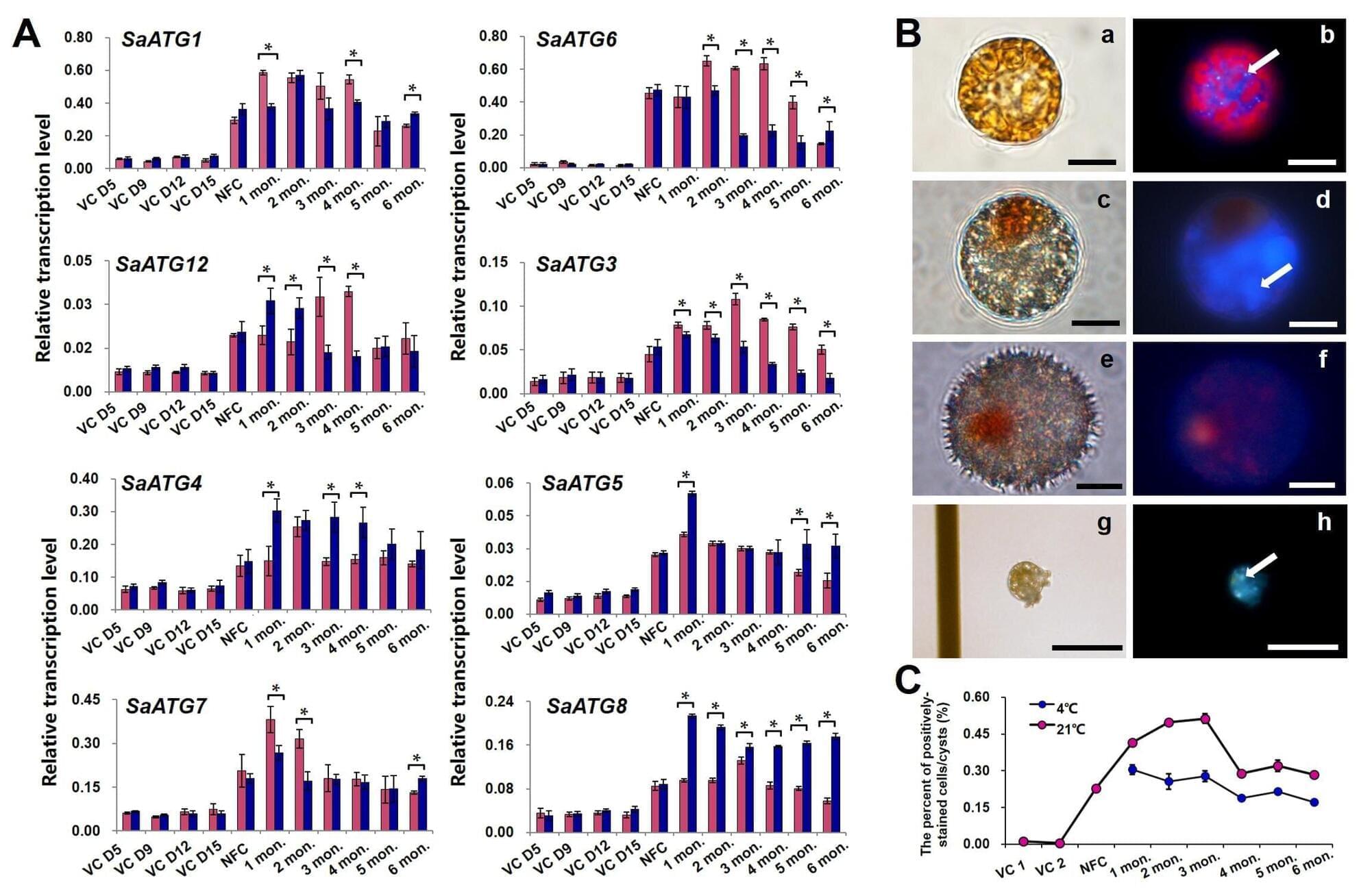GitHub has announced a slew of updates for Copilot, while also giving a glimpse into a more agentic future for its AI-powered pair programmer.
Among the notable updates includes a feature called Vision for Copilot, which allows users to attach a screenshot, photo, or diagram to a chat, with Copilot generating the interface, code, and alt text to bring it to life.
So for example, someone on a marketing team could take a screenshot of a web page and illustrate some changes they want made to that page. Rather than requesting such changes via text prompts, it’s now possible to upload an image and just ask Copilot to implement the changes as indicated in the file.




